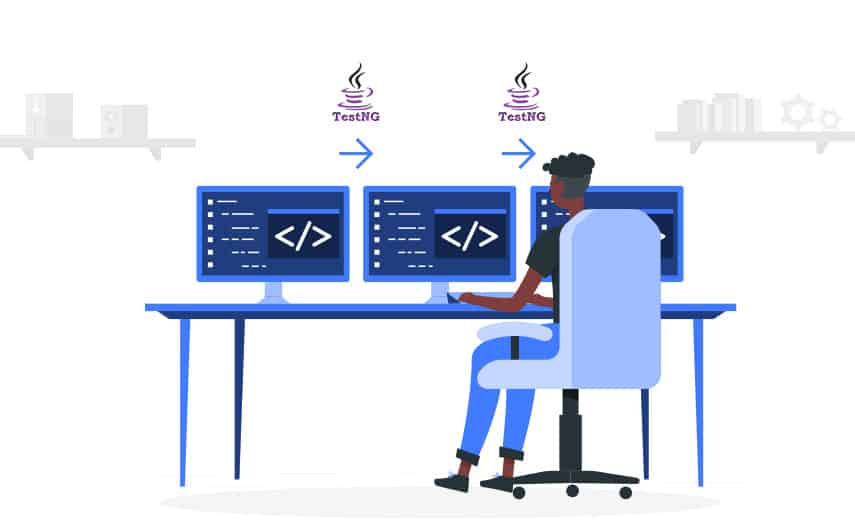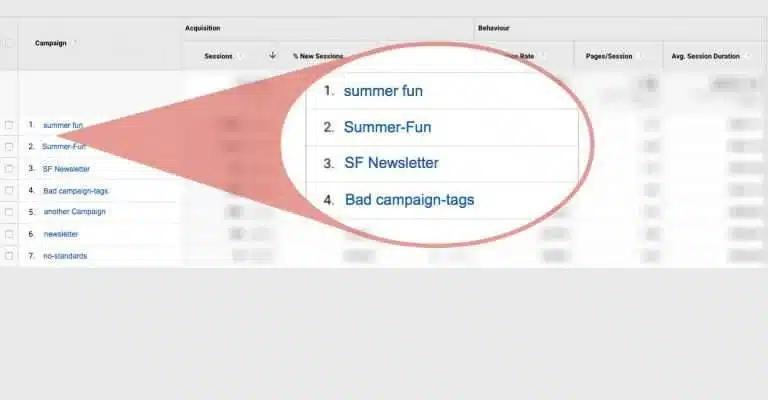Navigating the complexities of call center management is no small feat. From ensuring that customers are satisfied to maintaining employee morale, managers play an instrumental role in the successful operation of any call center. Spotting early signs of management shortcomings can be instrumental in implementing necessary changes and avoiding significant problems.
As we delve into the 5 indicators that you may need better call center management – remember the goal is not to pinpoint failures, but to highlight areas for potential improvement.
Keep reading to learn more.
1. Increasing Customer Complaints
When the number of customer complaints rises, it may signal that your call center management needs some attention. An uptick in dissatisfaction can indicate inadequate training, inefficient systems, or lack of employee motivation. While it’s natural for businesses to receive occasional complaints, a steady increase might suggest deeper management issues. By tracking this metric, you can identify areas for improvement and take proactive steps toward elevating the overall customer experience. Remember, your customers are the lifeline of your business, so their feedback is invaluable in assessing the effectiveness of your call center management strategies.
2. High Staff Turnover
Another clear indicator that you may need to rethink your call center management strategies is an elevated staff turnover rate. High turnover can result from an unsatisfactory work environment, inadequate training, or insufficient motivation and incentives. This can disrupt the smooth operation of your center and lead to increased recruitment and training costs. An engaged, motivated, and stable workforce is fundamental for providing excellent customer service. Therefore, developing effective strategies to retain your best talents is critical to superior call center management. It’s essential to take the time to understand why employees are leaving and implement changes that foster a more supportive and rewarding work culture.
3. Deteriorating First Call Resolution (FCR) Rates
A vital KPI in call center management is the First Call Resolution (FCR) rate, which measures how many customer queries or issues are resolved in the first interaction. A decline in this metric can indicate that your call center management might need an overhaul. The FCR rate has a direct impact on customer satisfaction as most customers value swift and efficient solutions to their issues. If your agents cannot resolve issues during the first interaction, this can lead to customer frustration, increased call volume, and higher operational costs. Therefore, investing in comprehensive training and providing your agents with the necessary tools and resources to handle customer issues effectively during the first interaction is crucial. Recognizing a dwindling FCR rate as a signal for management improvement can help you devise strategies to boost this metric and, in turn, enhance customer satisfaction.
4. Inadequate Use of Advanced Technology
Underutilizing advanced tech tools in an era where technology reigns supreme can indicate that your call center management needs refinement. Modern call center management heavily relies on sophisticated software and digital platforms to streamline operations, monitor agent performance, and improve customer interactions. If your call center is lagging in technology adoption or not fully leveraging available technologies, it may be time to reevaluate your management practices.
For instance, not using tools like AI-powered analytics, Interactive Voice Response (IVR), or automatic call distribution systems can hinder your team’s performance, negatively impacting the customer experience. An effective management system should involve optimizing technology to automate processes, facilitate real-time monitoring, and enhance data analysis capabilities. Therefore, strategic investment in technology can lead to better management, increasing efficiency, reducing costs, and improving overall service delivery.
5. Lack of Defined Performance Indicators and Consistent Monitoring
The absence of clear performance metrics and regular monitoring is another sign that you might need to improve your call center management. Metrics are the backbone of any successful call center operation. They provide insights into agents’ performance, customer satisfaction, and the overall efficacy of your call center practices. If you’re not tracking and analyzing critical metrics such as Average Handling Time (AHT), Customer Satisfaction (CSAT) score, First Call Resolution (FCR) rates, and agent productivity, you’re missing out on valuable data that can guide your management decisions.
Moreover, consistently neglecting to monitor these metrics can lead to undetected issues spiraling out of control. By setting clear, quantifiable goals and regularly monitoring your team’s progress towards these goals, you can proactively address issues, motivate your agents, and ensure your call center consistently delivers high-quality service. Hence, investing in analytics tools and making data-driven decisions is necessary for better call center management.
Conclusion
Management in a call center involves a complex array of responsibilities and challenges. Recognizing signs that your management may need improvement is the first step toward enhancing overall performance. You can create a well-oiled, customer-centric call center by focusing on customer feedback, monitoring key performance indicators, embracing technology, and utilizing performance metrics effectively.
Remember, the journey toward effective call center management is continuous, with room for constant learning and improvement. So, view these signs not as failures but as opportunities for growth and improvement, leading to an efficient and highly productive call center.






